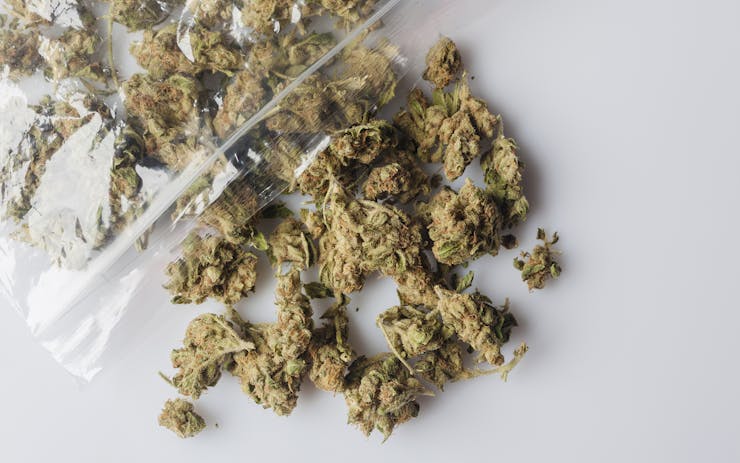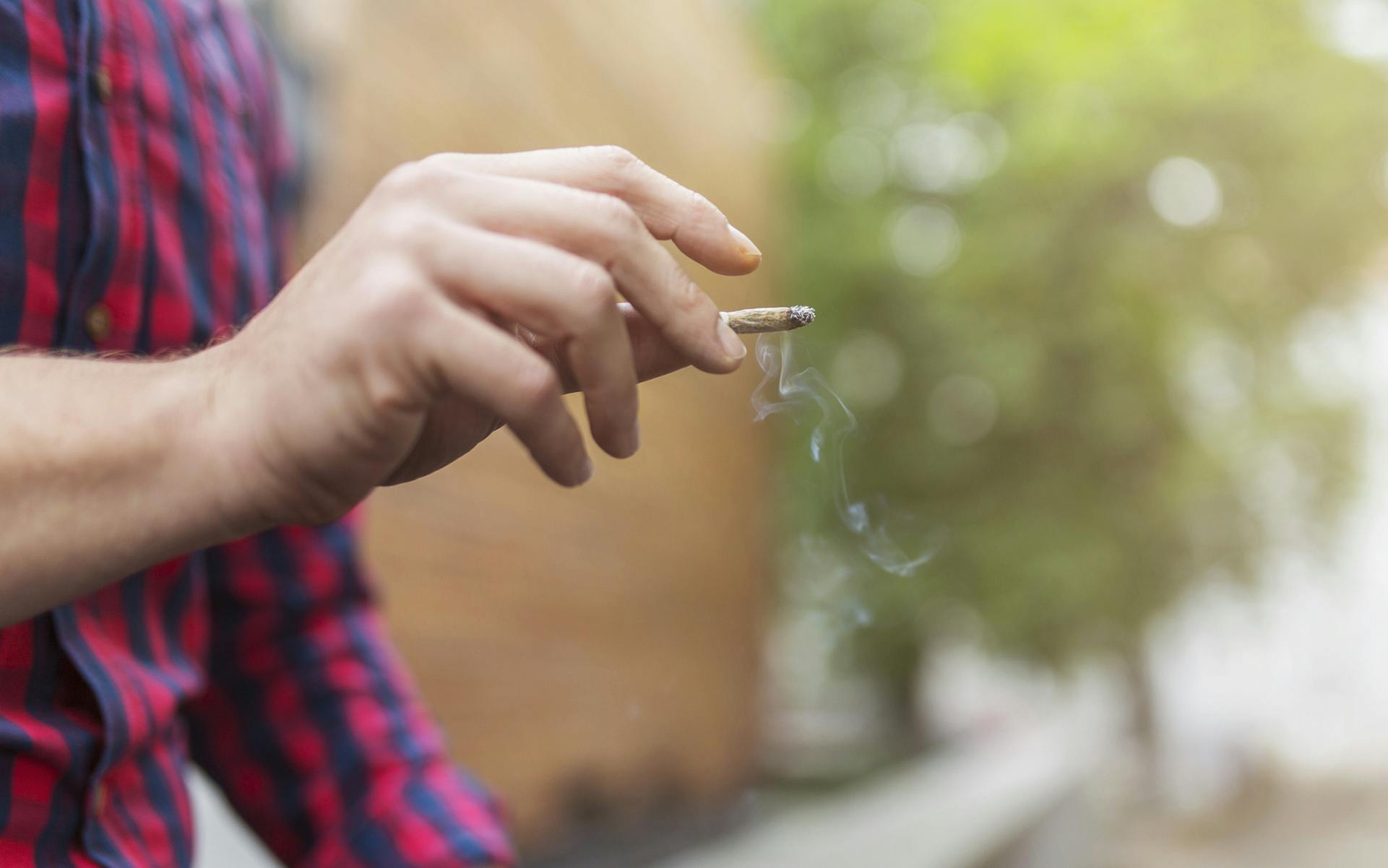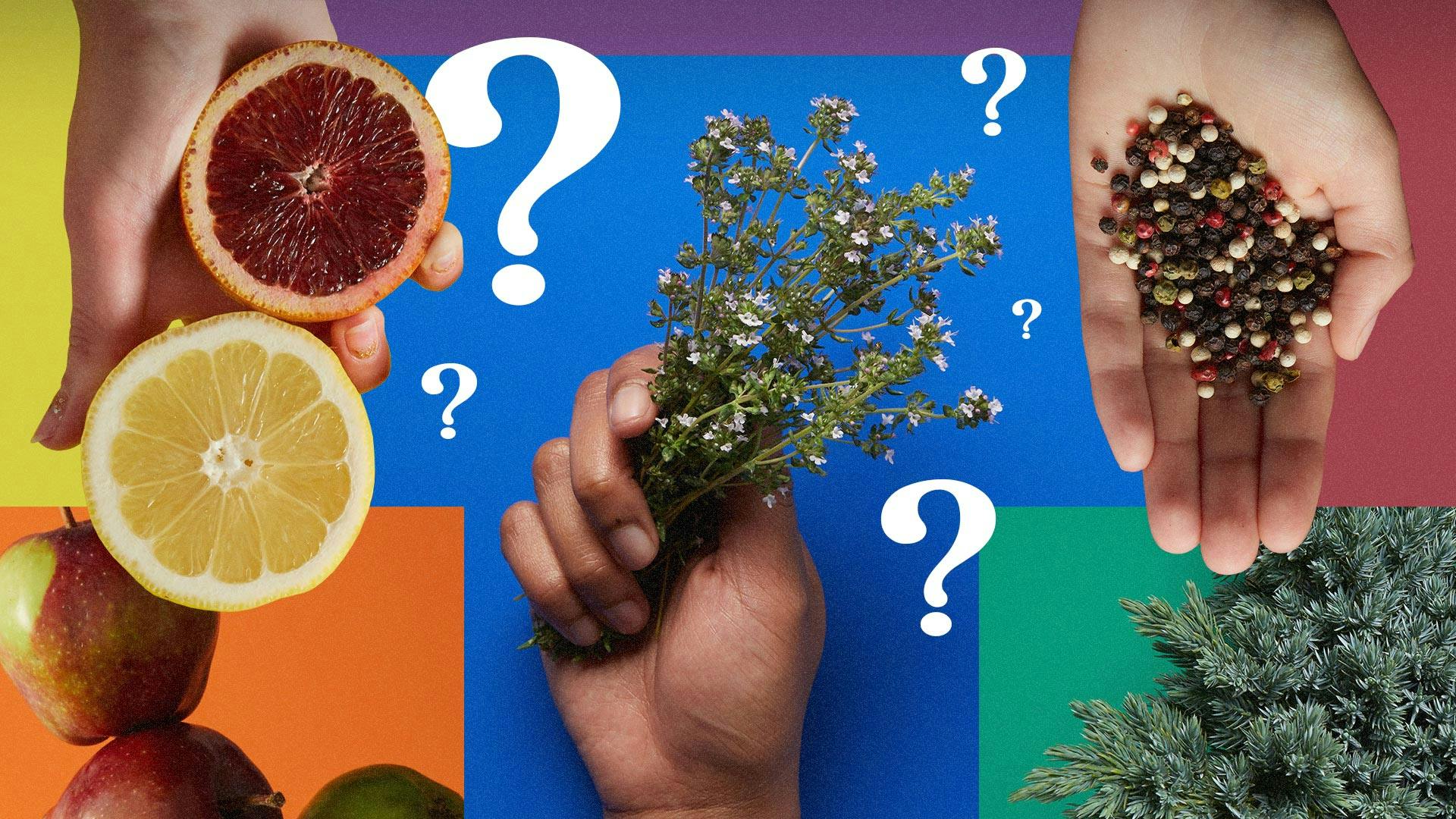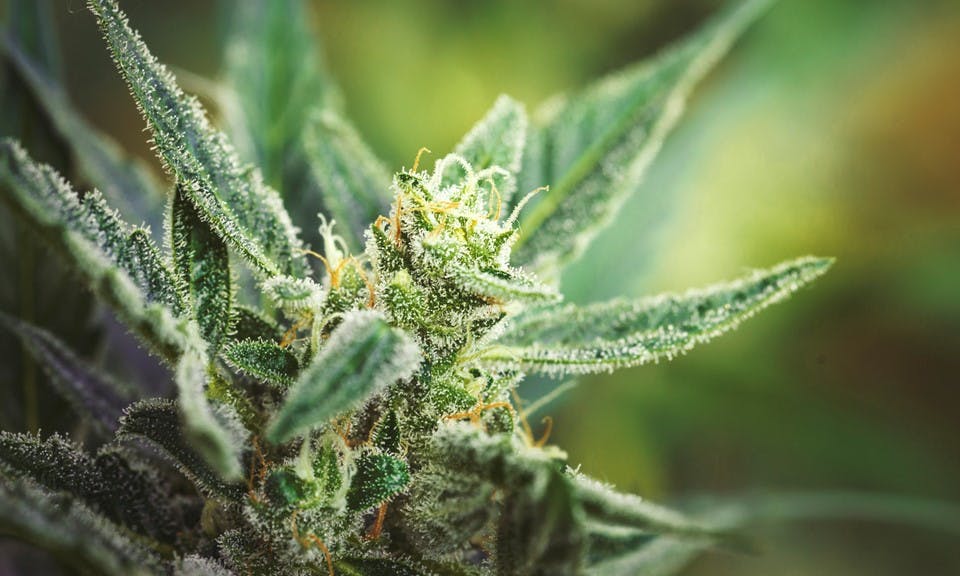Cannabis canhave an indefinite shelf life, but only if all of the proper conditions have been met. For cannabis to truly stand the sands of time, one must not only handle each process of the growth and harvest cycle carefully, but also store the cannabis properly. If all of these conditions are met, one could be enjoying their favorite strain 10 years from now with little quality degradation.
Unfortunately, not all cannabis is cultivated with this level of precision and since consumers can’t control the quality of their cannabis before it reaches their hands, having the ability to identify mishandled cannabis that is typically labeled “old” or “bad” is an imperative last line of defense. After all, nobody wants to puff a bowl of bone dry and/or moldy ganja.
Here are five cues you can use to sense if your cannabis is old or bad.
Aromatic Cues

Terpenes are fickle; they don’t want to stick around for very long if they aren’t being treated well. Take this as an easy first cue in determining whether or not your cannabis is smoke-worthy. A vibrant bouquet of terpenes is typically an indicator that your cannabis is fine, although it’s important to detect other penetrating scents that may indicate a compromise in quality.
Musty, mildew smells may be a red flag for mold presence. Chemical aromas could be a sign of improper pesticide use or flushing opportunities. Improperly stored cannabis may also draw scents from their containers. Any of these unwelcome smells that you may come by should prompt you to put the herb down and reconsider. Even no smell at all is fishy, so if you’re concerned, see if any of these additional cues also raise red flags.
Visual Cues

Cannabis has a wonderful way of showing off its aesthetics when it’s healthy, even “post-mortem,” so to speak. Conversely, undesirable cannabis has a way of letting you know when to say “pass,” as well. One identifier of cringe-worthy cannabis is whether or not you can even tell if it’s cannabis at all. Old and dried out cannabis will break apart into a fine powder with minimal effort. Not to be mistaken with kief, broken down, dried cannabis will contain particulates such as stems or even seeds in some cases. Where seeds and stems are not indicative of bad cannabis, their presence can sometimes be an identifier.
In most cases, mold on cannabis can be identified visually. Mold can take on several appearances, but one easy way to identify the differences between mold and trichomes is by seeing where the concentration is. Mold will grow over trichomes, appearing as a powdery white mass that can penetrate every surface of the afflicted flower. Keep in mind that mold can also occur beneath the visible surface of cannabis nugs, which is why breaking apart flowers can help determine their quality.
Tactile Cues

Handling your cannabis can be a great way to identify critical quality cues. If you have identifiable nugs, pull them apart. Are they over-compressed? Does there seem to be any moisture content? Does the herb disintegrate in between your fingers? All of these cues can be identifiable by making physical contact with your herb. Furthermore, deconstructing your flowers is a great way to identify penetrating mold that may not be initially available to the naked eye.
Shop highly rated dispensaries near you
Showing you dispensaries nearAudio Cues

This may sound a bit like a stretch of the imagination, but listen to the sound of your nugs breaking apart between your fingers. Properly dried and cured flowers will audibly “snap.” Dried stems will also snap. These are good audio indicators that your buds are still within their moisture sweet spot.
Brittle, old, and dry cannabis will sound crackly between your fingers. Not only will you be able to feel the dryness, but that sound should be a clue as well. Conversely, cannabis with too much moisture content won’t make any sound at all, as it will be much more difficult to pull apart.
Taste Test

At the end of the day, if your cannabis looks good, smells good, breaks apart with no issues, and gives you that wonderful snap sensation, try it out. If you haven’t taken the time to inspect your herb first, I don’t advise skipping straight to smoking it before determining if it’s old or bad. That said, bad cannabis does not smoke well, which you’ll figure out very quickly into your first puff. Sometimes you just have to dig in and give it a try (although you should, at the very least, inspect for mold first).








